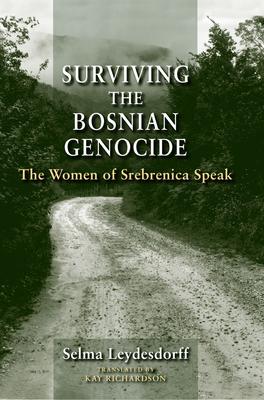In July 1995, the Army of the Serbian Republic killed some 8,000 Bosnian men and boys in and around the town of Srebrenica--the largest mass murder in Europe since World War II. Surviving the Bosnian Genocide is based on the testimonies of 60 female survivors of the massacre who were interviewed by Dutch historian Selma Leydesdorff. The women, many of whom still live in refugee camps, talk about their lives before the Bosnian war, the events of the massacre, and the ways they have tried to cope with their fate. Though fragmented by trauma, the women tell of life and survival under extreme conditions, while recalling a time before the war when Muslims, Croats, and Serbs lived together peaceably. By giving them a voice, this book looks beyond the rapes, murders, and atrocities of that dark time to show the agency of these women during and after the war and their fight to uncover the truth of what happened at Srebrenica and why.

Surviving the Bosnian Genocide: The Women of Srebrenica Speak
In July 1995, the Army of the Serbian Republic killed some 8,000 Bosnian men and boys in and around the town of Srebrenica--the largest mass murder in Europe since World War II. Surviving the Bosnian Genocide is based on the testimonies of 60 female survivors of the massacre who were interviewed by Dutch historian Selma Leydesdorff. The women, many of whom still live in refugee camps, talk about their lives before the Bosnian war, the events of the massacre, and the ways they have tried to cope with their fate. Though fragmented by trauma, the women tell of life and survival under extreme conditions, while recalling a time before the war when Muslims, Croats, and Serbs lived together peaceably. By giving them a voice, this book looks beyond the rapes, murders, and atrocities of that dark time to show the agency of these women during and after the war and their fight to uncover the truth of what happened at Srebrenica and why.